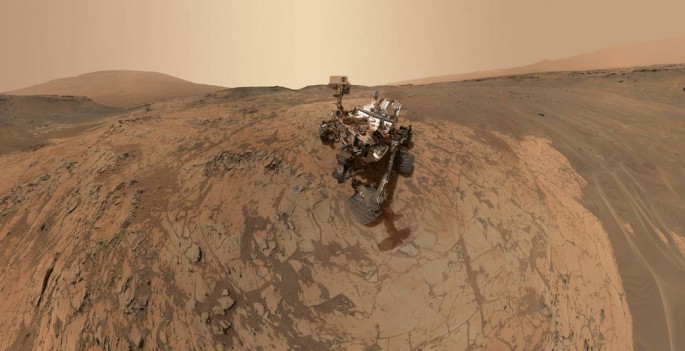Scientists are concerned that the recent methane spike detection that was picked up by NASA's Mars Curiosity rover may actually originate from the rover itself and not from the alien world.
However, the detection and analysis of methane content found in the Martian atmosphere is not as easy as taking a sample. Scientists should be able to practice more caution when it comes to how human activity can impact and interfere with the pristine conditions of an alien world especially with rovers that could affect the readings of the Martian atmosphere and even rock samples.
The detection of methane on Mars could indicate microbial life on the alien planet as it signifies the breaking down of organic bacteria. Scientists are now constantly monitoring Mars for any methane spikes and also methane detection on other planets as well.
However, scientists are now concerned that the methane spikes that Curiosity detected in December 2014 may actually come from the rover itself, where methane is released from the different parts of Curiosity.
Other experts dismiss this idea by making a comparison of the amount of methane found by Curiosity to the amount that would fit inside a bottle of pure methane that would presumably be emanating from the air around the scientific instruments.
According to NASA's Curiosity team, this amount of methane would be too much if it would originate from the rover itself, which means the team needs to pinpoint the source of these methane gas pockets.
However, one of the most plausible theories right now is that one or more carbonaceous meteorites may have hit the surface of Mars that is close to the vicinity of the rover. Apparently, this type of meteorites emit relatively small methane clouds as their organic compounds break down when they hit the alien planet due to ultraviolet radiation.
These carbonaceous meteorites do not have the ability to create large craters on the surface but they break down and disintegrate into smaller pieces with organic matter in them.
Scientists are now investigating impact evidence from stone sized meteorites where measurements have been taken as to what size these carbonaceous ones had to be that would release this amount of methane.



























